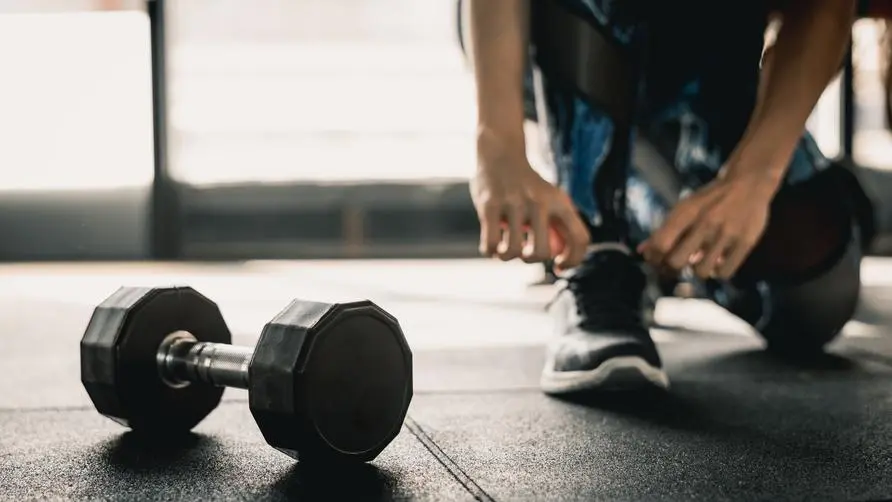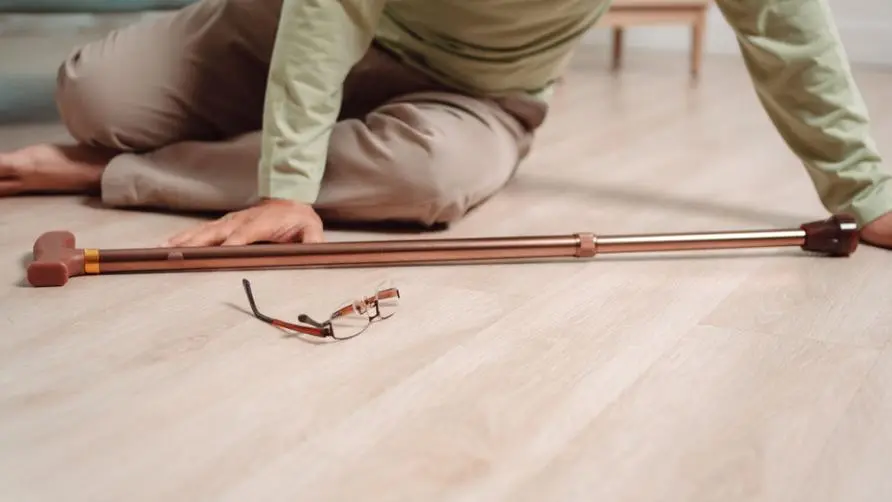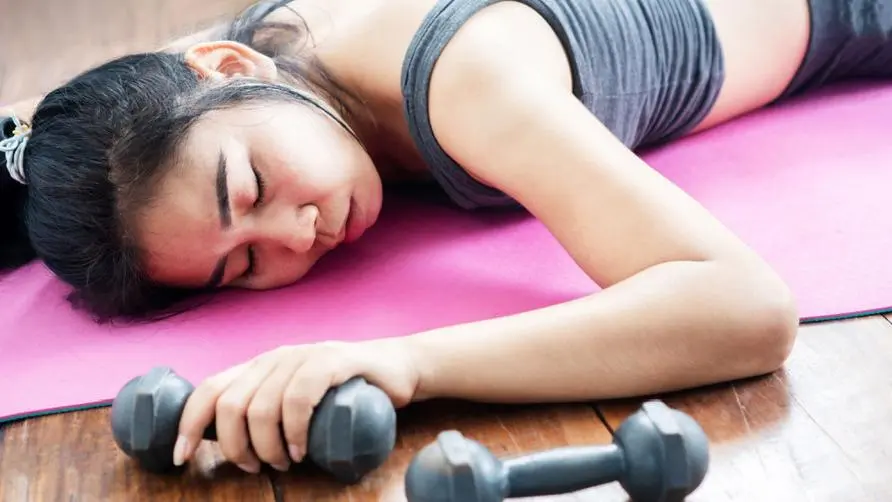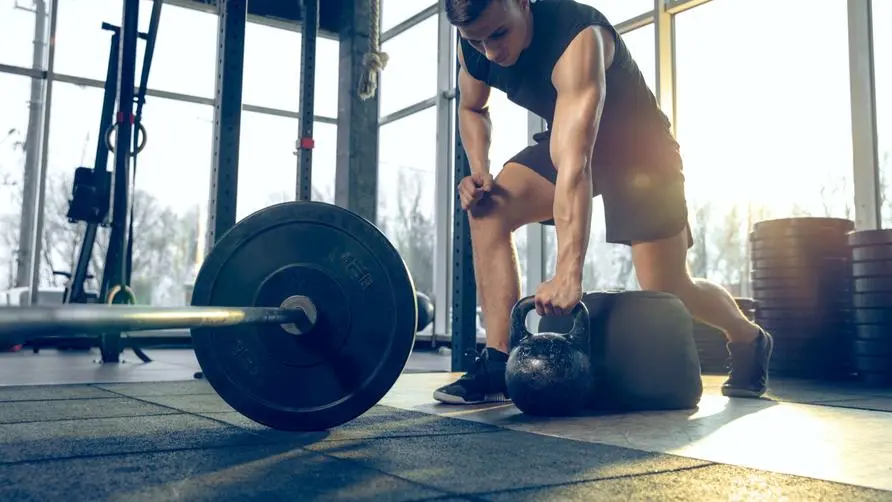Is "barefoot" weight training the most stable? Doctor: Pay attention to 3 key points when choosing shoes to avoid knee wear

What kind of shoes should I wear for strength training? Grip stability is a priority
Strength training is becoming more and more popular, but choosing the wrong shoes may increase the risk of sports injuries? Dr. Hong Weijun from the Department of Orthopedics of Guangtian General Hospital pointed out that when practicing static strength training movements, the plantar muscles must have appropriate grip, or try to increase the contact area between the footplate and the ground, which can strengthen feedback force and increase trunk stability. Therefore, it is not recommended to wear air-cushioned jogging shoes, basketball shoes, etc.
Dr. Hong Weijun explained that when wearing jogging shoes, basketball shoes and other shoes, the stability of the soles of the feet is relatively insufficient. When practicing movements such as squats and deadlifts, the force cannot be fed back to the body, and the feet still need to distribute force. To stabilize the ankle joint, instability in the sole of the foot can also cause discomfort when it extends to the knee. Therefore, it is recommended that during strength training, you choose shoes with hard soles, flat and supportive uppers, and avoid wearing running shoes that are too soft.
The thicker the sole, the greater the burden on the knees? Is barefoot strength training the most stable?
The thicker the “midsole” of the shoes you wear during training, the greater the burden on your knees? Dr. Hong Weijun said that everyone has different foot types. Some people are born with flat feet or acquire collapsed arches. If you wear shoes with high and high soles, the area of the foot plate contacting the ground will be reduced, and the body will need to add extra strength to maintain stability. The burden on the knees increases.
Dr. Hong Weijun reminds that special insoles are not necessarily needed when doing strength train. Ordinary people with normal arches can even perform squats and deadlifts barefoot, which will provide better grip and stability. However, if the fitness venue has safety considerations and other restrictions, you can choose flat or hard-soled shoes.
How to choose shoes to reduce knee burden? Doctors remind 3 key points
How to choose training shoes for daily use that can moderately reduce the burden on your knees? Dr. Hong Weijun pointed out that the first thing to consider is to reduce the burden on the “ankle”. When the ankle is unstable, the incorrect alignment of the lower limbs will affect the knees, so the choice of shoes should be based on each person’s foot type.
For example, people with low arches are more suitable to wear shoes with a raised inner arch, or shoes with a carbon fiber sheet T-shaped covering on the heel, which can help stabilize the heel. In addition, people with forefoot deformity problems such as thumb valgus should pay attention to the shoe depth of the forefoot and try not to choose shoes with a toe that is too narrow to avoid increased friction and discomfort during exercise.
Dr. Hong Weijun reminds that higher insoles do not necessarily reduce the chance of injury during exercise. It should still be adjusted according to the shape of the foot to minimize eversion or internal rotation of the ankle joint. When the ankle joint is parallel to the ground, the knee joint can naturally be parallel to the ankle joint, which helps better conduction of force lines and can also reduce joint wear and burden.
Further reading:





